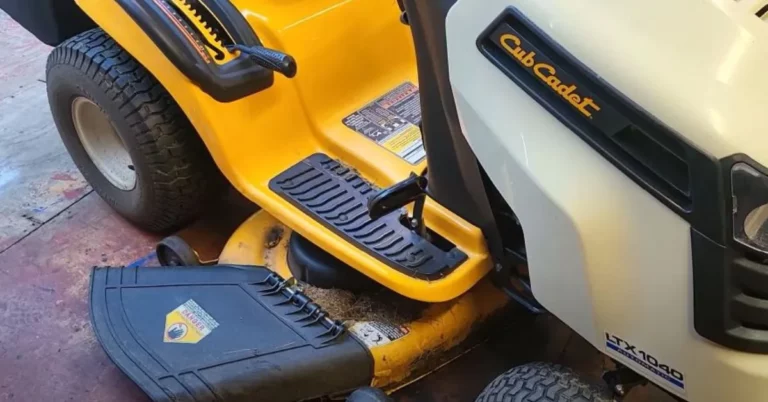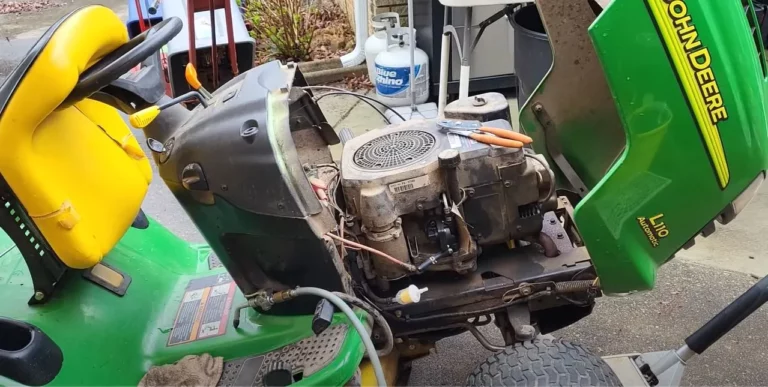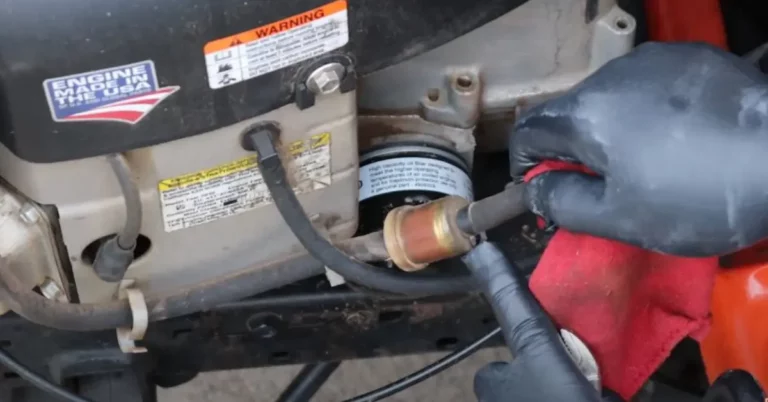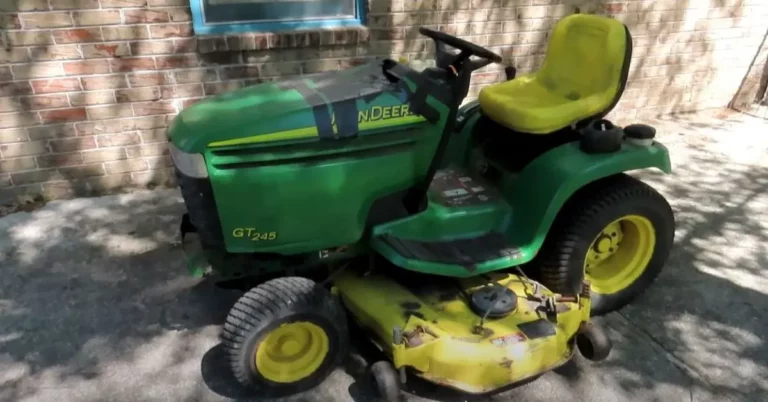Different John Deere 1026R Problems With Solutions
Are you having issues with your John Deere 1026R and can’t understand the cause of the problem? Don’t worry; I got your back.
The John Deere 1026R, while highly regarded, may encounter particular challenges that can affect its performance.
The John Deere 1026R problems include electrical and hydraulic system malfunctions, transmission problems, and engine-related concerns.
These issues can impact its overall performance and efficiency, but with proper troubleshooting and maintenance, they can be effectively resolved.
In this thorough guide, I walk you through the commonly reported problems that John Deere users have experienced and offer practical solutions. Let’s get this show on the road.
4 Common John Deere 1026R Problems
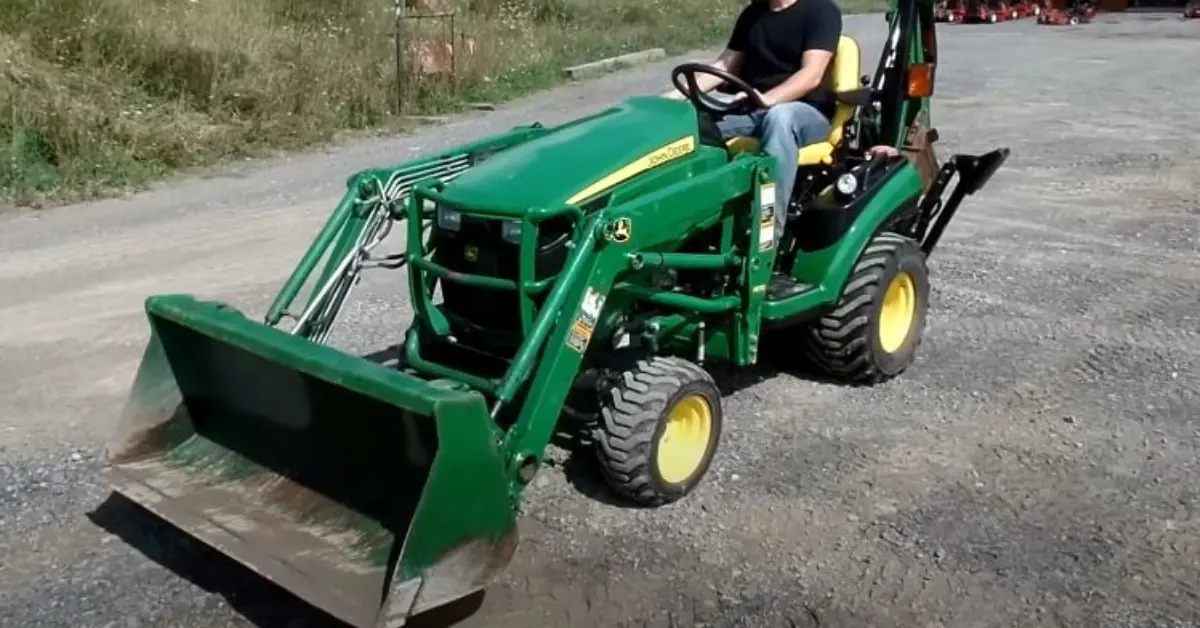
1. Hydraulic System Malfunctions
The hydraulic system of the tractor has a significant role in its operation. It powers various attachments and provides essential functions.
However, it can experience malfunctions that disrupt the tractor’s performance.
Let’s explore some common hydraulic system problems and provide solutions to address them effectively.
Slow Operation or Loss of Power
The hydraulic system operates slower than usual, and the attachments notice a noticeable loss of power.
Solution
- Check the hydraulic fluid level and ensure it is in the range described by the manual. Low fluid levels can result in sluggish operation.
- Check hydraulic hoses and connections for leaks or damage. Repair if their condition is not severe, or replace any faulty components.
- To prevent the flow of hydraulic fluid from being obstructed and resulting in power loss, clean or replace clogged hydraulic filters.
Hydraulic Controls Are Not Responding
The hydraulic controls fail to respond during operation.
Solution
- Inspect the hydraulic control valves for any obstructions, such as debris or dirt. Clean or remove any blockages that may affect proper operation.
- Verify that the hydraulic control levers and knobs are correctly adjusted. Make any necessary adjustments to ensure proper control.
Noisy Operation
The hydraulic system operates erratically, with jerky movements or unusual noises.
Solution
- Check the hydraulic fluid for contamination or degradation. Contaminated or old fluid can lead to jerky operation. Drain the remaining hydraulic fluid and pour in fresh.
- Inspect hydraulic cylinders and components for damage. For proper operation, replace any broken components.
- Oil the moving parts and turning points within the hydraulic system to minimize friction and reduce noise.
Also Read: Common John Deere GT245 Problems
2. Tractor Experiences Electrical Problems
The electrical system in the John Deere 1026R tractor powers various components and ensures proper operation.
However, electrical issues can occur in these tractors, leading to malfunctions and disruptions in the tractor’s performance.
In this section, I will go over common electrical problems and provide solutions to address them effectively.
Battery Not Charging
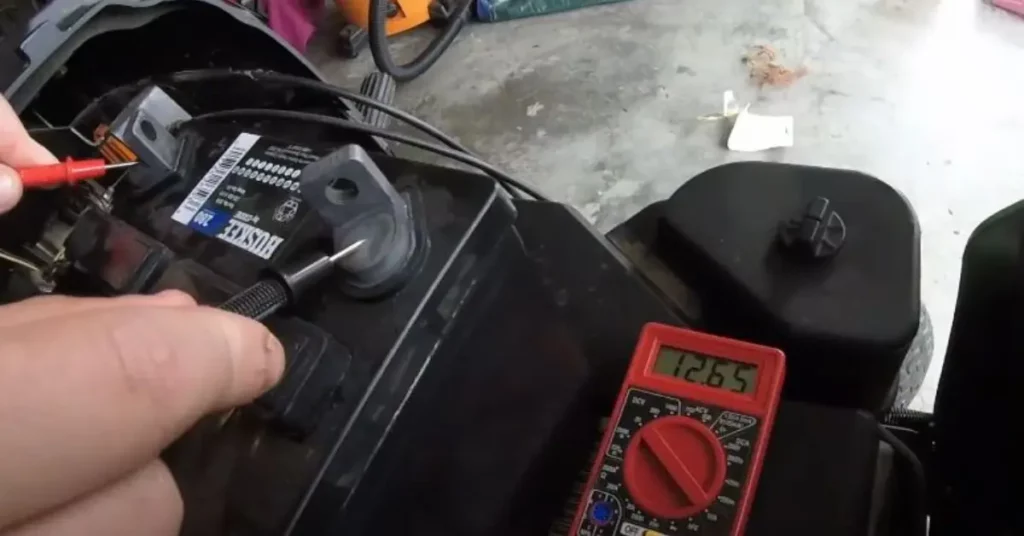
The battery does not charge, resulting in a drained or weak battery.
Solution
- Check the battery connections and ensure they are clean and secure. Loose or corroded connections can hinder the charging process. Clean or tighten the connections as needed.
- Inspect the alternator and voltage regulator for any faults. A faulty alternator or voltage regulator can prevent the battery from charging correctly. Replace any defective components.
- Check that the drive belt is in optimal condition. A damaged belt may not drive the alternator effectively. Replace the belt if necessary.
Faulty Wiring and Connections
Flickering lights or irregular functionality of electrical components.
Solution
- Look for any loose or damaged wires in the wiring harness. Repair or replace any of these faulty wirings.
- Examine the terminals and connectors on electrical devices for corrosion or other damage. Clean or replace connectors as needed to maintain reliable connections.
- Test the operation of fuses and relays. Replace any blown fuses or faulty relays to restore proper electrical function.
If you cannot diagnose the issue but are certain that it exists, it is recommended that you see a qualified professional and explain your situation to them.
Also Read: 4 Best John Deere Cool-Gard Alternatives
3. Engine Doesn’t Start Normally
The engine is the heart of the tractor, and when it experiences starting problems, it can be frustrating and hinder the machine’s overall performance.
Let’s review common engine starting issues and see solutions to help troubleshoot and resolve them effectively.
Weak or Dead Battery
The engine won’t start; nothing happens when you turn the key or press the start button.
Solution
- If you have a multimeter, check the battery’s voltage using it. If the voltage is under the recommended level by the manual, charge the battery or replace it if necessary.
- Inspect the battery connections for corrosion, looseness, or damage. Fix any loose connections and clean the terminals.
Fuel System Issues
The engine cranks but doesn’t start, or it starts but stalls shortly after.
Solution
- Ensure there is a sufficient fuel supply in the tank. If the fuel level is low, top it off with clean fuel.
- Check the fuel filter contaminants. A clogged fuel filter can restrict fuel flow and affect engine starting. Replace the filter if necessary.
- Examine the fuel lines for leaks, cracks, or blockages. To guarantee proper fuel circulation to the engine, repair or replace damaged or clogged fuel lines.
Ignition System Faults
The engine cranks but fails to ignite or start.
Solution
- Check the spark plug for signs of damage. Replace it if necessary.
- Inspect the ignition coil and wiring connections for loose or damaged components. Tighten any loose connections and replace faulty ignition coils.
- Verify that the ignition switch is functioning as expected. A broken ignition switch stops the ignition system from receiving any electrical current. Replace the switch if needed.
4. Transmission Troubles
The transmission is an important part of the John Deere 1026R tractor because it transfers power from the engine to the wheels.
Transmission problems can cause poor performance, difficulty in shifting gears, or a total loss of power.
Let’s explore common transmission problems and discuss solutions to help diagnose and resolve them effectively.
Also Read: John Deere Z665 Problems | How To Fix Them Immediately?
Slipping or Inconsistent Gear Shifting
The transmission slips out of gear, shifts erratically, or struggles to engage a specific gear.
Solution
- Verify the condition and level of the transmission fluid. Low or contaminated fluid can affect the transmission’s operation.
- Add the recommended fluid type in the recommended quantity if the fluid level is low.
- If the fluid appears dirty or burned, consider draining and replacing it.
- Look for any loose or damaged components in the gear compartment. Tighten or replace any damaged parts to ensure proper gear engagement.
Loss of Power or Stalling
The tractor experiences a loss of power or stalls during operation, especially under load.
Solution
- As previously stated, inspect the transmission fluid level and condition. Inadequate or contaminated fluid can lead to reduced power and performance.
- Top of the fluid level or replace all of it if necessary.
- Inspect the drive belt for damage or improper tension. A damaged or loose drive belt can result in power loss.
- Replace or adjust the belt according to the manufacturer’s recommendations.
- Verify that the transmission cooling system, such as the radiator and fan, is clean and functioning correctly.
- Overheating can cause power loss and stalling. Clean or repair any clogged or damaged cooling components.
Maintenance Tips for John Deere 1026R
Proper maintenance is essential to keeping your John Deere 1026R tractor in optimal condition and preventing potential problems.
Here are some suggestions to help you reduce your chances of having problems with your tractor.
- Regularly check and maintain the engine oil, transmission fluid, coolant levels, and hydraulic fluid.
- If fluid levels are low, top them up with the recommended fluids to avoid potential damage or performance issues.
- Regularly oil all necessary parts as per the manufacturer’s recommendations.
- Use high-quality lubricants and follow proper lubrication procedures to ensure smooth operation and minimize friction.
Frequently Asked Questions (FAQs)
What to do if my John Deere 1026R won’t start?
Check the battery, fuel system, and electrical connections if your tractor doesn’t start.
Ensure the fuel is flowing properly and the battery is completely charged. Examine the wiring and spark plugs to ensure everything is connected and operating as it should.
How can I prevent hydraulic system malfunctions on my John Deere 1026R?
Check the level of the fluids and inspect the hoses and connectors regularly. You must also keep the system clean and clear of debris.
How often should I check the tire pressure on my John Deere 1026R tractor?
Regularly checking the tire pressure is important to ensure the proper performance and safety of your John Deere 1026R tractor.
It is recommended to check the tire pressure before each use or at least once a month.
Conclusion
With proper maintenance and timely troubleshooting, you can overcome common problems associated with the John Deere 1026R tractor, ensuring its reliable performance and longevity.
To ensure that your tractor works longer, when necessary, clean or replace the air filter and regularly inspect the air intake system.
The performance of an engine can be affected by limiting airflow.
Furthermore, inspect the cooling system, including the radiator and cooling fins, for debris or buildup.
Clean them with compressed air or a gentle brush to keep them functioning properly.

![[Fixed] Common Ferris Zero-Turn Mower Problems](https://yardcurator.com/wp-content/uploads/2023/04/Fixed-Common-Ferris-Zero-Turn-Mower-Problems.jpg)
